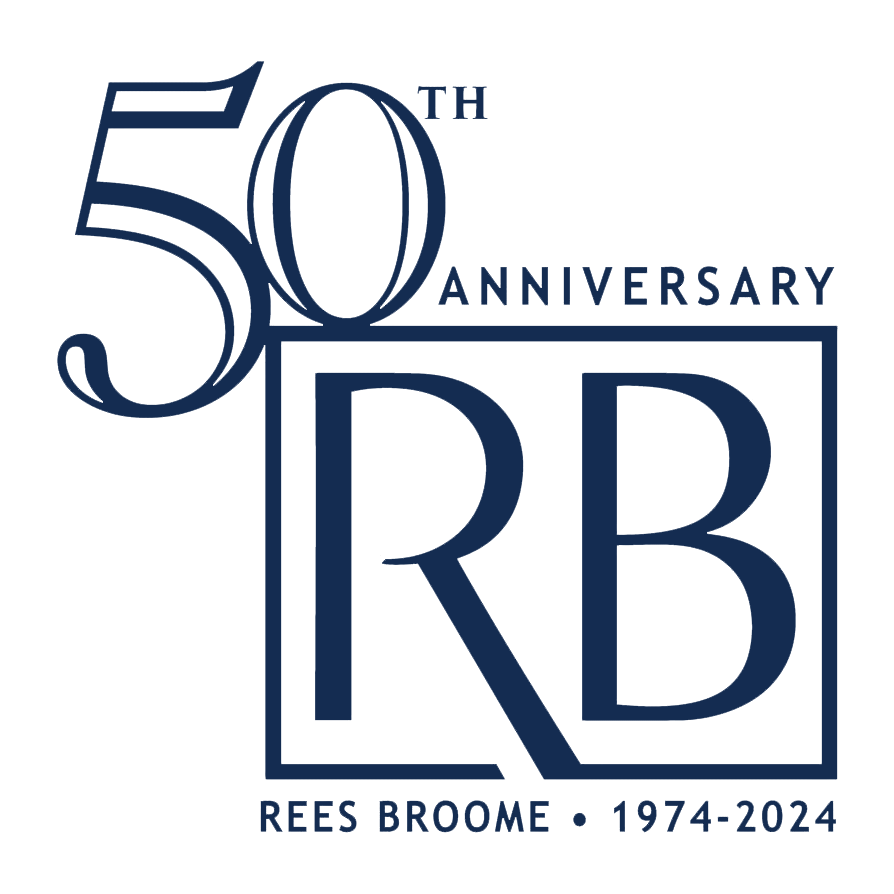By: Todd Sinkins and Winta Mengisteab
This alert is to remind all our D.C. manager colleagues and association clients of multifamily residential buildings of the energy benchmarking and performance standards required by the Clean Energy DC Omnibus Act of 2018 (“the Act”).
Per the Act (as it applies to community associations), all privately owned multifamily buildings are required to measure and report energy and water benchmarking data to the D.C. Department of Energy and Environment (“DOEE”). The reporting requirements have been phased based on the size of the building[1]. The reporting requirement, which requires a third-party verification, for multifamily buildings:
- over 50,000 sq. ft. began in 2014 (for 2013 data);
- between 25,000 sq. ft. and 49,999 sq. ft. began in 2022 (for 2021 data); and
- buildings between 10,000 sq. ft. and 24,999 sq. ft. begins in 2025 (for 2024 data).
The District’s energy benchmarking law requires all covered buildings to track their energy and water efficiency and report the results to DOEE by April 1 each year. However, for reporting year 2024, the DOEE has extended the submission due date to July 1, 2024.
In addition to these benchmarking and reporting obligations, the Act requires that energy standards be established for various property types to set a minimum threshold of energy performance that will be no lower than the median score by property type (or equivalent metric)[2].
If a building fails to meet the performance standard for its property type at the beginning of the BEPS Period, the building enters a Compliance Cycle, where the building owner must select and complete the requirements of a Compliance Pathway by the end of the Cycle. The current Compliance Cycle 1 began on January 1, 2021 and ends on December 31, 2025, with a public health emergency (due to Covid) extension to December 31, 2026. The second BEPS Period for buildings that are at least 25,000 sq. ft. begins on January 1, 2027, and the third BEPS Period for buildings that are at least 10,000 sq. ft. begins on January 1, 2033.
There are two primary types of Compliance Pathways: performance-based; and action-based. Buildings on a performance-based Pathway must meet a numerical energy performance improvement target by the end of the Compliance Cycle. Essentially, these buildings just have to submit their annual benchmarking and compliance reports. Buildings on an action-based Pathway must take specific actions that will improve the building’s energy performance, rather than meet a numerical target. If your building is subject to the current BEPS period and Compliance Cycle 1, and does not meet the performance standard, the association should have submitted its Pathway Selection by April 3, 2023.
Lastly, please note that failing to comply with the benchmarking and Compliance Pathways can result in hefty fines (compliance penalties are as high as $10 per sq. ft. and capped at $7.5M!), so please reach out to one of our attorneys here at Rees Broome, PC, if you have any questions about the BEPS requirements for your building.
[1] All new buildings that are issued a DC Certificate of Occupancy after the beginning of the BEPS Period (between January 2, 2021 and December 31, 2026) are not subject to the 2021 BEPS. These buildings will be evaluated for the first time at the beginning of the next BEPS Period.
[2] DOEE will reestablish new BEPS Standards every six years.
